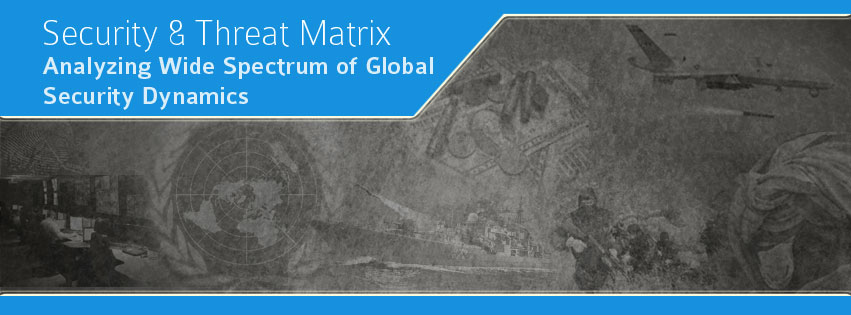BY News Desk
F-35 Joint Strike Fighter, also known as Lightening II, is once again in the news for the wrong reasons as it has faced with yet another problem. According to media reports, the radar stops working requiring the pilot to turn it off and on again. It has been further identified that the actual problem is with the software package controlling the functionality of radar avionics on board.
This is not the first time that the Lockheed Martin plane has met with such problems.Since 2001, when the development work on the plane began, F-35 has encountered numerous such technical glitches.
But part of the problem is the fact that JSF is the most software-driven warplane ever built to make the machine more intelligent and responsive. But such ambitious advancements have their own share of troubles. Most obvious ones are delays in combat service and steep jump in development costs.
F-35 has been already been criticized severely due to its high development, fly-away and operational costs which goes anywhere between US$85 millions to US$ 120 millions. Now, daily The Guardian has reported that due to this new problem each jet is now expected to cost about £100m and that will US$ 140 million per plane.
Earlier in 2014, CNBC declared the project "most expensive, and possible the most error ridden, project in the history of the United States military."
Latest issue with the radar software just an addition to the long list of problems which JSF has faced. Previously, the aircraft encountered issues like structural issues that made it vulnerable to lightning strikes, thrust to weight issues, bugs
within its software and its complete lack of cyber security testing. All these issues have left the partner nations in the program uncertain about the prospects of success of the program in foreseeable future.
Explaining the technical details of the latest glitch, Major Gen Harrigian, of USAF told IHS Jane’s: “What would happen is they’d get a signal that says either a radar degrade or a radar fail – something that would force us to restart the radar.
Lockheed Martin discovered the root cause, and now they’re in the process of making sure they take that solution and run it through the [software testing] lab.”





No comments:
Post a Comment